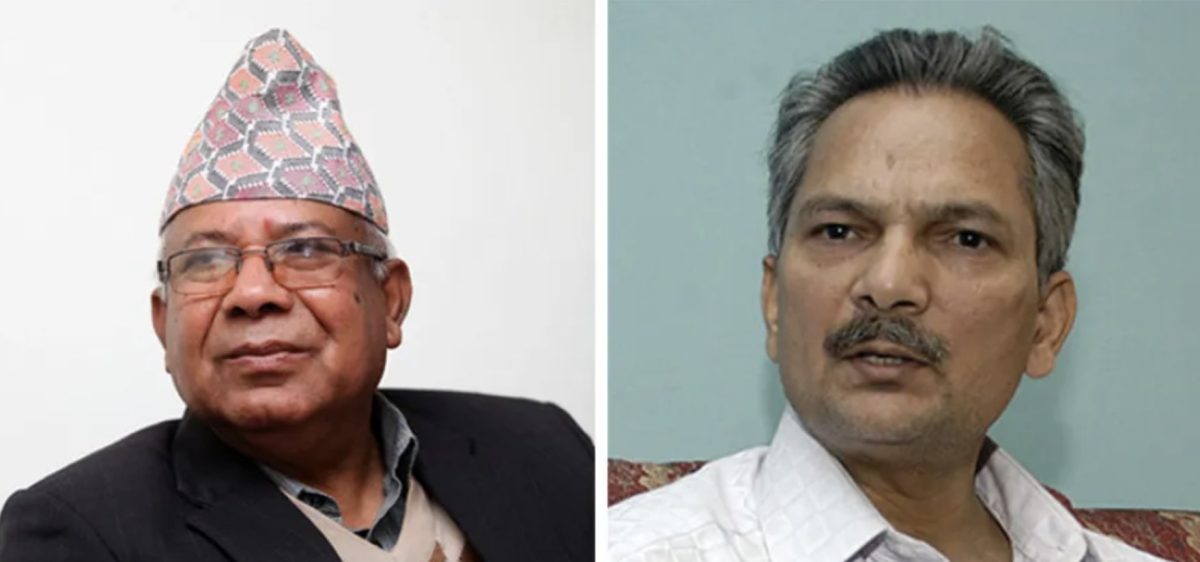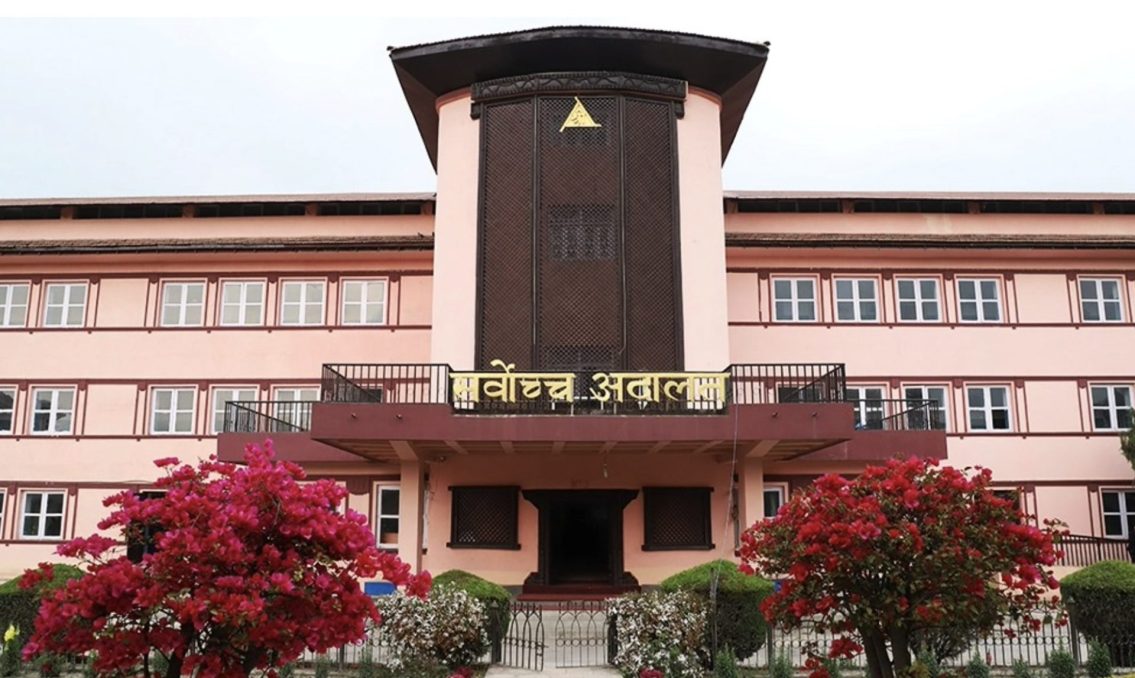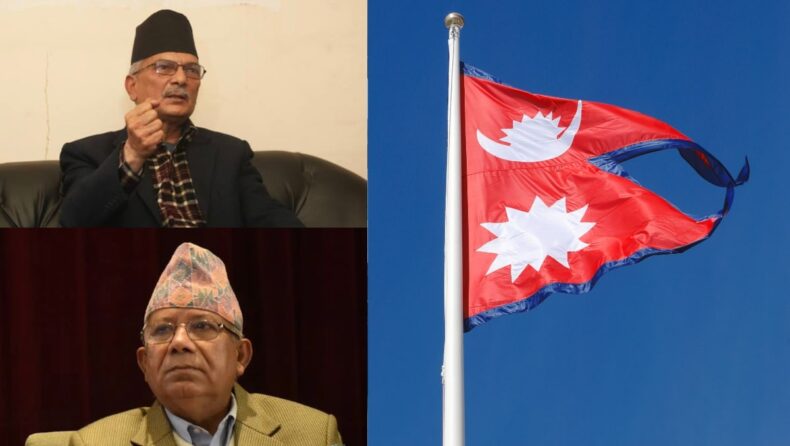Nepal’s central probe agency has sent shockwaves through the nation by summoning and interrogating two former Prime Ministers, Madhav Kumar Nepal and Baburam Bhattarai, for their alleged roles in the notorious Lalita Niwas land grab scam. This high-profile scandal has exposed the intertwining of political power and corruption, and raises a pivotal discourse on transparency, accountability, and the imperative for strengthened governance systems to safeguard public trust.
The Lalita Niwas Land Grab Scam Unveiled
The Lalita Niwas land grab scam unfolded during the prime ministerships of Nepal and Bhattarai, when policy-level decisions were made under their leadership. This scandal revolves around the illegal acquisition of a substantial area of government-owned land by brokers, aided by senior government officials and politicians who created fictitious owners.
The sprawling Lalita Niwas compound spans approximately 300 ropanis (around 37 acres) and encompasses notable structures such as the prime minister’s residence and the central office of the Nepal Rastra Bank. This case highlights the misuse of government assets for personal gain, jeopardizing the interests of the public.

Interrogation and Revelations
Madhav Kumar Nepal, currently the chair of the CPN (Unified Socialist) party, held the prime ministerial position from May 25, 2009, to February 6, 2011 and Baburam Bhattarai, who heads the Nepal Samajbadi Party, served as prime minister from August 29, 2011, to March 14, 2012, were interrogated by Nepal’s Central Investigation Bureau (CIB) on Sunday night as part of the ongoing investigation into the scam. The investigation revolves around their respective tenures and the decisions made within their Cabinets.

The allegations center around the transfer of valuable land adjoining the Prime Minister’s official residence in Baluwatar, Kathmandu. The Central Investigation Bureau (CIB), a division of the Nepal Police, recorded their statements, marking the first time that such high-profile figures have been questioned in the case.
Dubious Policy Decisions and Implications
Allegations indicate that the Nepal Cabinet allowed the transfer of government land to individuals, while the Bhattarai Cabinet permitted the registration of the land under a fake trust named Pashupati Tikinchha Guthi. In conjunction with the land grab, the Commission for Investigation of Abuse of Authority (CIAA) brought corruption charges against 175 individuals.
The Commission for Investigation of Abuse of Authority (CIAA) stated that the prior Prime Ministers were not implicated because the decisions had been decided on by the Cabinet, over which it has no jurisdiction. Policy decisions are decisions made by political parties based on their electoral manifestos, which they use to run for office. The commission did not charge Nepal or Bhattarai since Section 4 of the Commission for Investigation of Abuse of Authority Act specifies that the anti-corruption body cannot investigate “policy decisions” made by the Cabinet or its committees.
Nepal’s Supreme Court: Intervention
Despite initial decisions by the Commission for Investigation of Abuse of Authority (CIAA) not to implicate the former Prime Ministers due to the nature of the decisions, Nepal’s Supreme Court intervened. Justices Anil Kumar Sinha and Kumar Chudal emphasised the importance of the fact that those involved in making decisions regarding the land transfer should not be exempt from investigation. This move reflects the court’s determination to ensure accountability and uphold the principles of justice.

Therefore, as the investigation continues and the spotlight remains on the alleged involvement of former Prime Ministers in the Lalita Niwas land grab scam, Nepal stands at a crossroads.It not only demands justice for the past but presents an opportunity for the country to redefine its ethical and governance standards. As the investigation navigates these complexities, Nepal can chart a course towards a more transparent, accountable, and equitable future.













